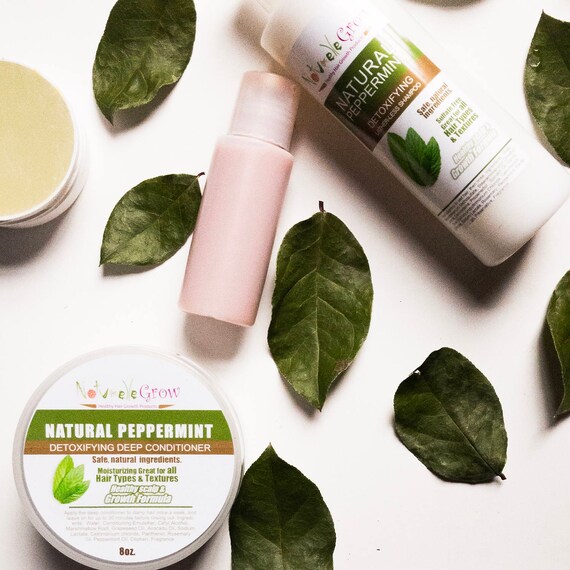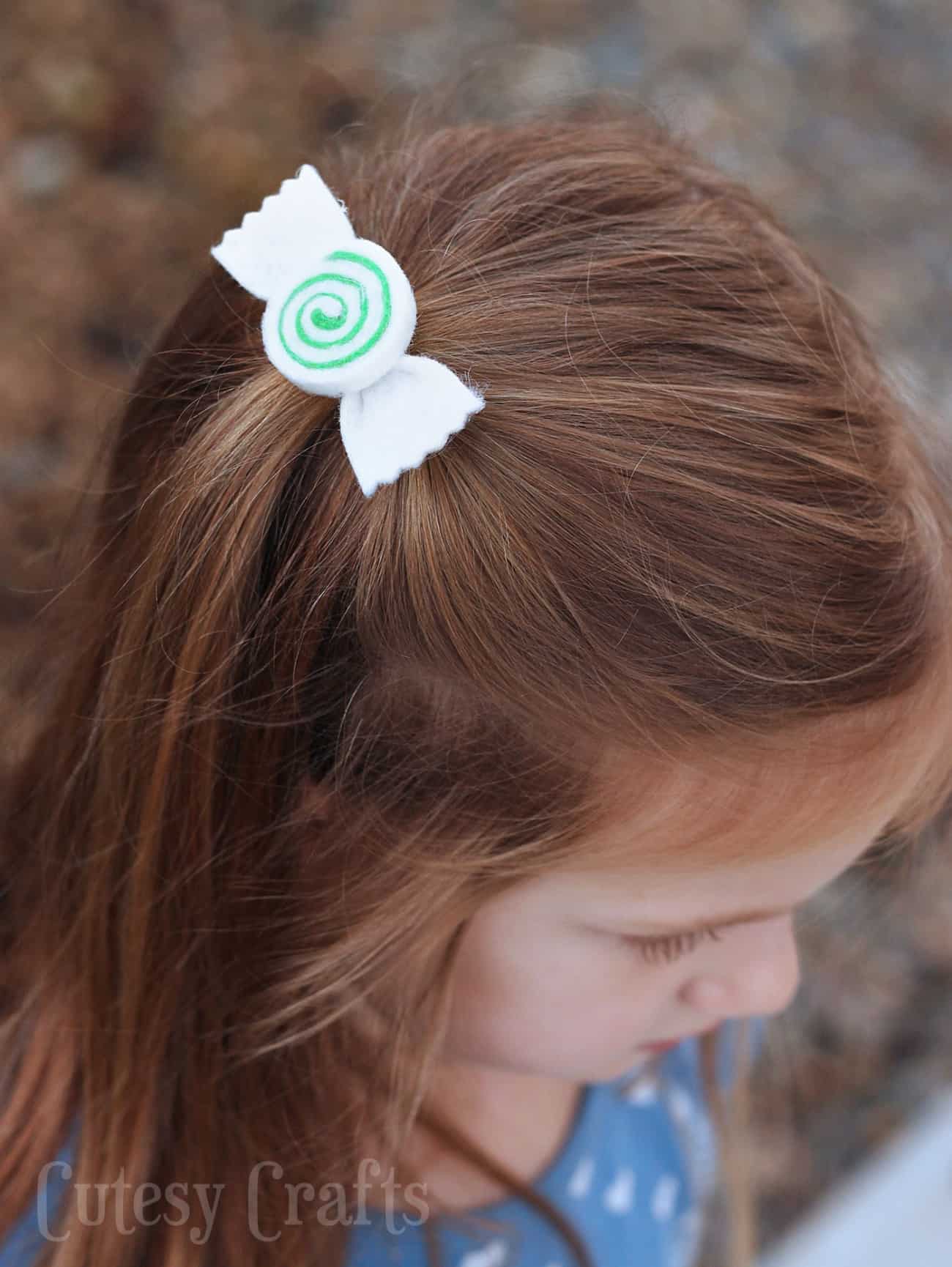Table Of Content

Peppermint oil may cause cyclosporine to stay in the bloodstream longer than it should. Cosmetic formulations of peppermint oil are supposed to contain 1 percent or less of pulegone, although in some cases they may contain more. Contact dermatitis is an itchy, red rash that develops when certain substances touch your skin directly. In addition to itchy, red hives, dry, cracked, or scaly skin, oozing blisters or bumps, or a burning and stinging sensation may occur. The story of a shampoo bottle begins long before it arrives in your shower! At Davines, we study the most low-impact packaging solutions for all our products.
Philip B Peppermint Avocado Shampoo
For a stronger treatment, this balancing oil works wonders to rebalance the moisture levels in your hair and scalp. It's got a potent mix of peppermint oil, lemongrass oil, cedarwood, and sunflower seed oil to give your strands a reset. Refresh damaged hair with this drugstore shampoo, which contains tea tree oil, peppermint, and witch hazel, all of which cleanse the scalp for healthier hair. Although the mere act of applying peppermint oil can be helpful, massage increases it's superpowers. "Peppermint oil should be combined with manual massage techniques to maximize circulation to the area," says Dr. Zaiac.
Sage for Hair and Skin: Benefits and How to Use It
Increasing circulation with a vasodilator like peppermint could potentially improve hair growth and prevent some hair loss. The first method for using peppermint oil to treat hair loss is to buy shampoos and conditioners that contain peppermint oil. Peppermint oil is often used in shampoos, conditioners, and other hair care products to create a cool, clean feeling on the scalp while also enhancing the product’s scent.
Treatment for Head Lice
Read on to explore peppermint oil’s benefits for hair—both fact and fiction. Combine a few drops of peppermint oil with your other favorite essential oils for new hair care and skin care favorites. Use peppermint oil with roucou oil as an ideal treatment for dealing with dandruff or eczema. Blend peppermint oil with tea tree oil for a spot treatment, or argan oil for moisture. For a daily massage to stimulate new growth, add two drops of peppermint oil to one tablespoon of carrier oil such as jojoba oil or coconut oil.
Essential oils are a concentrated form of plant extracts that impart their odor and flavor. If you experience any adverse effects, stop using turmeric, and consult a dermatologist if necessary. Add 1 tablespoon of turmeric powder to your regular shampoo and mix well.

However, if the concentration of peppermint oil is not listed on the product label, it makes it difficult to determine whether the product contains enough peppermint essential oil to induce hair growth. With so many new hair trends making waves in the beauty world, it can be hard to pinpoint the right one for you. And if you suffer from various hair concerns, you’re probably looking for hair care products that can help address them all—or at least get a handle on things.
15 Best Hair Growth Oils of 2024, Tested by Experts - Good Housekeeping
15 Best Hair Growth Oils of 2024, Tested by Experts.
Posted: Mon, 20 Nov 2023 08:00:00 GMT [source]
Moreover, as a natural ingredient, it is often included in hair products to boost fragrance, strength, and longevity. Essential oils have been used for thousands of years in some parts in the world to promote hair growth. However, the use of peppermint for reinvigorating hair growth is generally recent.

Turmeric, a common kitchen ingredient with a bright colour and rich flavour, is believed to have numerous health benefits, including better digestion and glowing skin. Did you know that this easily available spice can also do wonders for your hair? Turmeric or haldi may boost hair growth, reduce hair loss, and keep dandruff at bay. This study used peppermint oil (Sanoflore®, France) certified as 100% pure and natural essential oil by an organic product certification organization (ECOCERT-F ) and jojoba oil (Desert Whale, USA). The chemical compositions of peppermint oil and jojoba oil used are listed in Table 1. When applying peppermint essential oil topically, a light tingle is desirable.
Another study found that while peppermint oil showed a potential for antimicrobial activity, it was less effective than other essential oils against 20 different strains of Streptococcus suis. In a 2016 study examining the effects of topical menthol, researchers found that topically applied menthol increases skin blood flow. This could also help with hair growth, as increased blood flow may help stimulate your scalp. If you’ve been struggling with a dry, itchy, or irritated scalp, it may be time for a scalp mask. All you need to do is mix one ounce of a carrier oil such as jojoba, olive, almond, or avocado oil with two drops of peppermint essential oil in a 1 oz dropper bottle.
A hair oil made at home will ensure that you target the problem areas by using the ingredients that are suited to your needs. So, if you want to promote healthy hair growth and reduce dandruff, then a hair oil made of peppermint and rosemary can come to your rescue. The only products sanctioned by the US FDA for hair loss treatment are oral finasteride (Proscar®) and topical minoxidil (Rogaine®). Minoxidil was originally created as a hypertension medication by Upjohn Pharmaceuticals (2). These results beg the question whether the hair count increases were due to seasonality, rather than rosemary oil or minoxidil.
When massaged into the scalp, peppermint oil can benefit hair in a number of ways. Kenneth Byrd, with a BS in Accounting and Management Information Systems and an MBA from the University of Alabama at Birmingham, has over 15 years of experience and is a recognized authority in hair care. Co-founder of Curl Centric® and Natural Hair Box, Kenneth has dedicated himself to promoting ethical and scientifically-backed hair care practices.
However, since peppermint essential oil is generally considered safe when used correctly (more on that in a minute), there’s no real downside to giving it a try. A healthy scalp is the first line of defense against common hair problems. The condition of the scalp can impact hair growth and retention, as well as prevent dandruff and disease. Don’t use diffuser oil, warming oil, or extract not made for skin contact. Turmeric can help to get rid of dandruff, thanks to its antifungal and anti-inflammatory properties. To better understand the influence of the endocrine system in hair growth, we analyzed the mRNA expression of IGF-1 gene.
The reviewers found that inhaling peppermint oil had little to no effect on the severity of nausea as a postoperative symptom. Peppermint has a cooling effect on the skin when applied topically, which helps to reduce skin inflammation. Peppermint oil stimulates blood circulation to the skin, reducing feelings of nervous tension, soothing feelings of irritability, boosting energy, balancing hormones, and enhancing mental focus. During the 4 week study, the mice were evaluated in terms of hair growth as well as other parameters. In the process, it also balances out your scalp’s sebum production, which in turn can leave your hair better hydrated and nourished without it drooping or feeling weighed down.

No comments:
Post a Comment